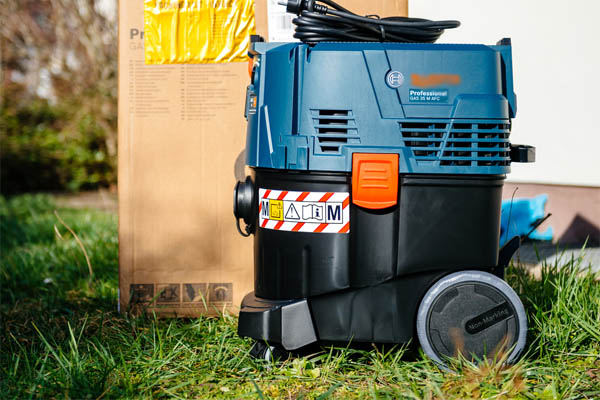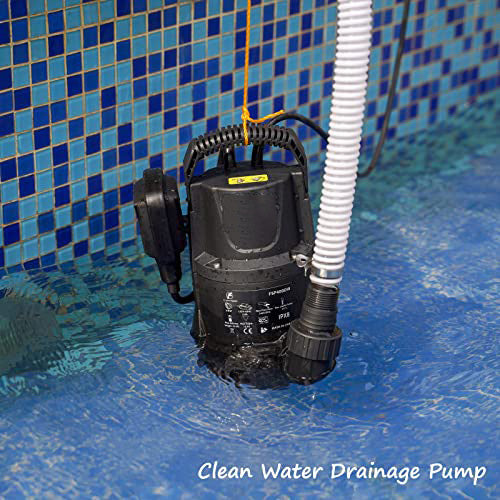My Definitive Guide to Servicing a Sump Pump
My Definitive Guide to Servicing a Sump Pump
Blog Article
On this page below you can find a good deal of sensible news pertaining to Steps to Cleaning Your Sump Pump Properly.

Sump pumps are important elements in numerous homes, specifically in locations prone to flooding or extreme moisture. They assist protect against water damage by efficiently getting rid of excess water from basements or crawl spaces. However, like any other home appliance, sump pumps call for normal maintenance to ensure they operate properly when needed the most. Cleaning your sump pump is an important part of its maintenance, and understanding just how to do it properly can conserve you from costly repairs and prospective calamities.
Introduction
Keeping a tidy sump pump is important for its appropriate functioning and durability. Ignoring this vital task can result in clogs, breakdowns, and inevitably, water damages to your residential or commercial property. As a result, discovering exactly how to clean up a sump pump is essential for house owners that count on these devices to keep their cellars dry and secured.
Signs of a Dirty Sump Pump
Recognizing when your sump pump needs cleansing is crucial for protecting against potential malfunctions. Some usual indications that show a filthy sump pump include weird sounds throughout procedure, lowered water circulation, and visible particles in the pit. If you see any one of these signs and symptoms, it's essential to clean your sump pump promptly to stay clear of any type of further concerns.
Getting ready for Cleaning
Before you start cleaning your sump pump, it's essential to take some security preventative measures. Start by shutting off the power to the pump to stay clear of any kind of electric accidents. Additionally, use appropriate protective gear, such as handwear covers and safety glasses, to secure on your own from dirt, debris, and possible virus.
Understanding the Sump Pump
Prior to diving into the cleaning procedure, it's necessary to have a fundamental understanding of exactly how a sump pump works. Generally installed in a pit or basin listed below the basement flooring, a sump pump includes a number of key components, consisting of a pump, a float switch, and a discharge pipeline. When water gathers in the pit, the float switch turns on the pump, which then pumps the water out via the discharge pipeline, away from the structure's structure.
Step-by-step Overview to Cleaning Up a Sump Pump
Turning off the Power
Begin by detaching the power supply to the sump pump to stop any type of crashes while cleaning.
Looking For Proper Performance
Prior to re-installing the pump, execute a quick test to guarantee that the float switch triggers the pump appropriately. Put some water right into the sump pit and observe the pump's procedure. If every little thing is working properly, you can rebuild the pump and reconnect the power supply.
Getting Rid Of Particles and Dust
Use a bucket or a scoop to get rid of any noticeable debris, dirt, or debris from the sump pit. Dispose of the particles effectively to avoid it from blocking the pump or the discharge pipeline.
Cleansing the Pump and Float Switch Over
As soon as the pit is clear of particles, meticulously eliminate the pump from the pit. Inspect the pump and the float button for any kind of indications of damages or wear. Use a soft brush or towel to cleanse the surfaces and remove any collected gunk.
Purging the System
After cleansing the pump and float button, purge the sump pit with tidy water to eliminate any kind of continuing to be dust or sediment. This will help ensure that the pump operates efficiently and efficiently.
Upkeep Tips to Keep Your Sump Pump Clean
In addition to regular cleaning, there are numerous maintenance ideas you can follow to keep your sump pump in optimum condition:
Verdict
Cleansing your sump pump is a critical aspect of its upkeep and guarantees that it runs effectively when you require it one of the most. By complying with the actions laid out in this overview and including routine maintenance into your routine, you can extend the life expectancy of your sump pump and shield your home from water damage.
6 STEPS ON HOW TO CLEAN A SUMP PUMP PROPERLY
UNDERSTANDING SUMP PUMPS
Your sump pump plays a crucial role in protecting your home by managing and removing excess water. It primarily functions as a “shield”, guarding your basement against the damaging effects of water accumulation. The pump is housed in a sump pit in the lowest part of your basement, and its job is to pump out any water that collects there.
During heavy rainfalls or when snow melts rapidly, water can infiltrate your basement, posing potential risks like flooding, structural damage, and harmful mold growth. Here, the sump pump springs into action, pumping out the intruding water and directing it away from your home.
SAFETY FIRST
Before cleaning, remember to prioritize safety. Disconnect the sump pump from the power source to prevent any accidental electric shocks. Also, wear sturdy gloves to protect your hands from any sharp or dirty components within the pump.
REMOVE THE SUMP PUMP
After ensuring your safety, the next step is to remove the sump pump from its pit. Doing this might require careful maneuvering as you don’t want to damage any pump components. Once removed, clean the sump pit to remove any accumulated debris or sludge.
INSPECT THE PUMP
Inspect the pump for any visible signs of wear or damage. Check the power cord, float switch, and impeller housing. If any components look worn out or damaged, consider replacing them to ensure optimal performance.
CLEAN THE PUMP
Thoroughly clean the pump with warm, soapy water. Make sure to rid it of any dirt, gravel, or other debris that might impede its performance. You can use a toothbrush to clean the small, hard-to-reach parts of the pump.
REINSTALL THE SUMP PUMP
Reinstall the pump into the sump pit Make sure it’s positioned correctly to remove the water effectively Once it’s back in place, reconnect it to the power source TEST THE PUMP
Finally, pour some water into the pit to ensure the pump works correctly. It should start automatically and begin pumping out the water; if it doesn’t, check the power source and the positioning of the pump.
Remember, while cleaning your sump pump is an essential part of home maintenance, hiring a professional plumber for a thorough inspection and cleaning at least once a year is also important. This will ensure that your pump is in optimal condition, ready to protect your home from potential water damage.
BEST PRACTICES FOR CLEANING SUMP PUMP DISCHARGE PIPES
Regular Inspection: Regularly inspect your discharge pipes, especially during heavy rainfall or snowmelt periods. Look for any signs of blockage or damage. Early detection of problems can prevent serious issues down the line. Periodic Cleaning: Over time, sediment and debris can accumulate in the discharge pipes, impeding the flow of water. Regular cleaning helps keep the pipes clear and functioning efficiently. You can use a high-pressure water jet to effectively clean the pipes. Insulation During Winter: In colder climates, discharge pipes can freeze, blocking the outflow of water. Protect your discharge pipes from freezing temperatures by insulating them with foam pipe insulation. This will ensure the sump pump can continue to discharge water even in freezing conditions. Proper Positioning: The discharge pipe should be positioned to direct water away from your home’s foundation. Improper positioning can lead to water seeping back into the basement. Ensure the pipe is long enough and angled correctly. Installation of a Check Valve: A check valve prevents water from flowing back into your sump pit after the pump has pushed it out. Installing a check valve helps maintain the efficiency of your sump pump and reduces the risk of flooding. Minimize Pipe Turns: Every curve or turn in the discharge pipe can decrease the efficiency of water flow. By minimizing turns and bends in your discharge pipe, you can increase the efficiency of your sump pump. https://www.fullspeedplumbing.com/how-to-clean-a-sump-pump-properly9999/

We had been guided to that article on through a friend on a different site. Appreciated our article? Please share it. Help someone else find it. Thanks for taking the time to read it.
Schedule Service Report this page